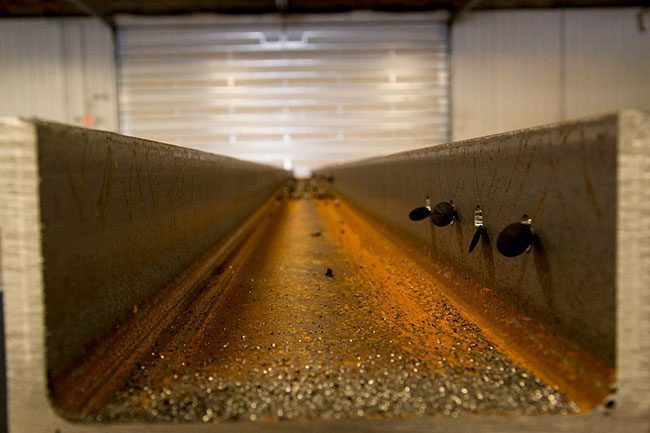What is the Structural Steel Fabrication Process?

Structural steel fabrication involves the preparation and alteration of steel beams and other materials to precise specifications. The goal of structural steel fabrication is to fabricate parts that fit together perfectly and can attach securely to each other to form a durable frame for buildings, bridges, large equipment, and other commercial projects. There are several key aspects to high-quality structural steel fabrication.
Planning Stage
Planning is the crucial first step to structural steel fabrication. Before any fabrication can begin, the project will have an ideation phase. This is where the various planning and design teams will present an idea of what the finished product will look like to the fabrication team, and the components needed will be determined. The design and fabrication team will work together to determine if standard or custom steel components will be needed. After the initial planning stages, blueprints and shop drawings will be created to show the details of how the structure will be built. Architects and fabricators will often use specialized software to create the blueprints, factoring in building codes, design specifications, and any other variables that will impact the components needed. Only after the planning stage is complete can fabrication begin.

Fabrication Stage
The actual structural steel fabrication follows a process, using sophisticated and powerful machinery for the cutting, bending, shaping, rolling, drilling, and welding of the steel components. Some of the tools used for this precision work are water jet cutters, precision laser torches, and plasma torches. Cutting steel to the exact length is crucial to ensure that the pieces will fit together exactly. After the cutting and rolling, the steel will be punched or drilled with precisely measured holes to allow the components to be attached with bolts or rivets. Some steel will be bent into shape using a press brake or bending roller machine. Certain components will be welded together to increase the overall strength and connect parts to each other. Throughout the entire fabrication process, the blueprint and shop drawings will be followed to the exact specifications necessary.
Testing and Finishing Stage
After fabrication, each piece of structural steel will be etched or engraved with a part number to facilitate assembly. If additional components such as fittings, fixtures, or plates are necessary for the component, they will be marked as such. Fabricators will then perform a “test assembly”, where they will assemble pieces to ensure that the fit is precise and every component is accounted for. If adjustments are needed, this is where those will be noted and the pieces will be adjusted as needed. After the etching and testing have been completed, the finishing stage will begin. The appropriate finishing, such as polishing, powder coating, painting, or coatings for rust proofing or fireproofing will be applied. Once all parts are finished, checked, and accounted for, the components will be shipped to the construction site for assembly.
The fabrication process is so much more than just cutting and rolling steel. Structural steel fabrication is an extremely precise process where the components must be fabricated and prepared exactly to the specifications set in the blueprints and shop drawings from the initial planning stages. The fabricators, architects, and construction crews will all work together to ensure that the structure is complete, well-fitting, and strong enough to withstand the elements. With decades of experience fabricating structural steel frameworks, you can trust Swanton Welding to deliver a high-quality product for your next build. To learn more about our capabilities, or for a quote, contact us today.

